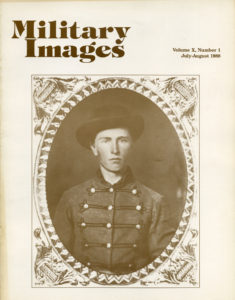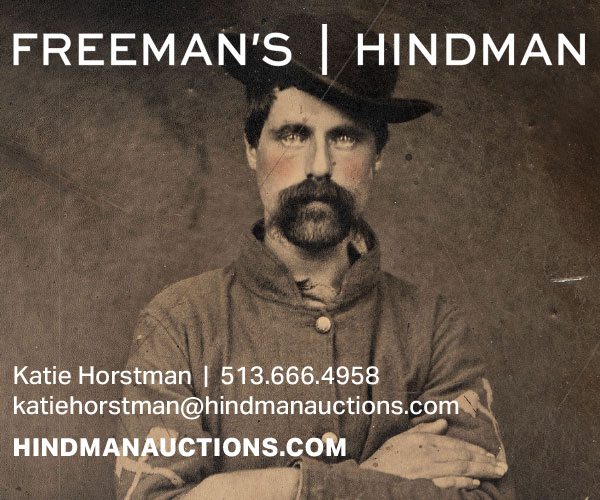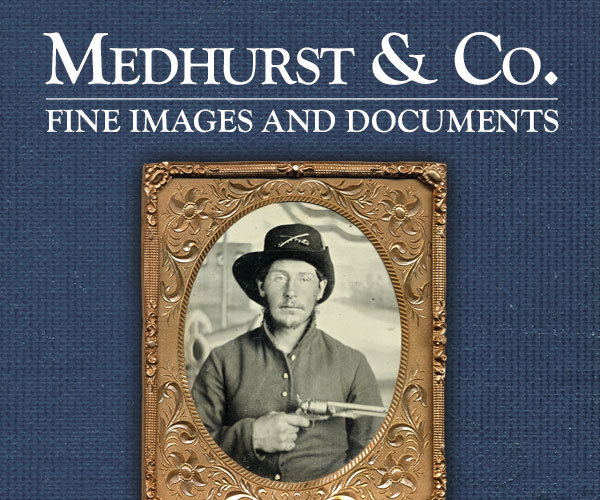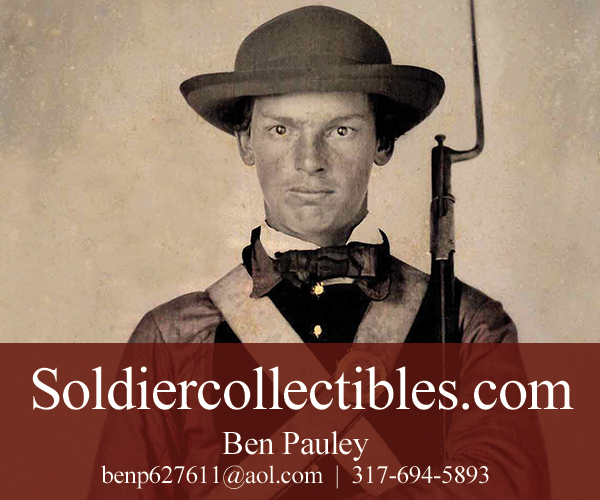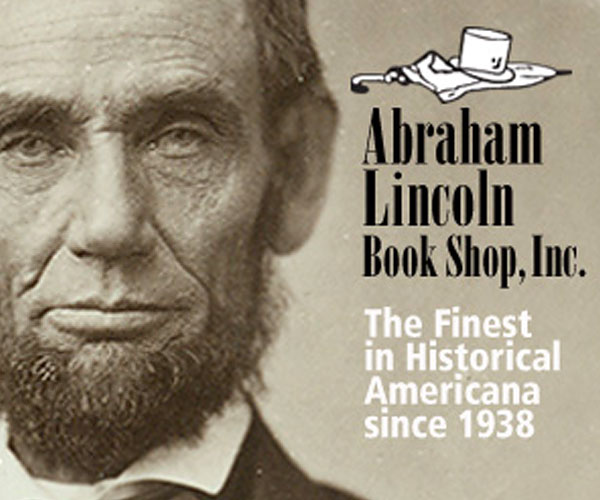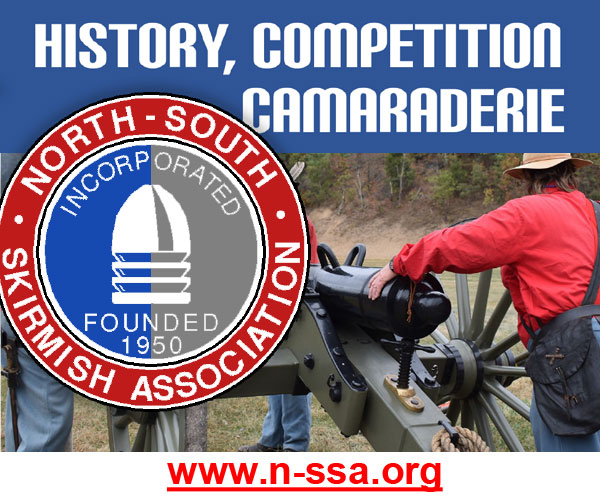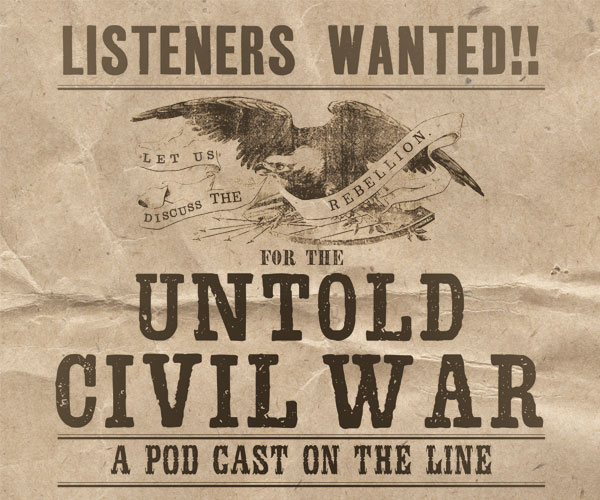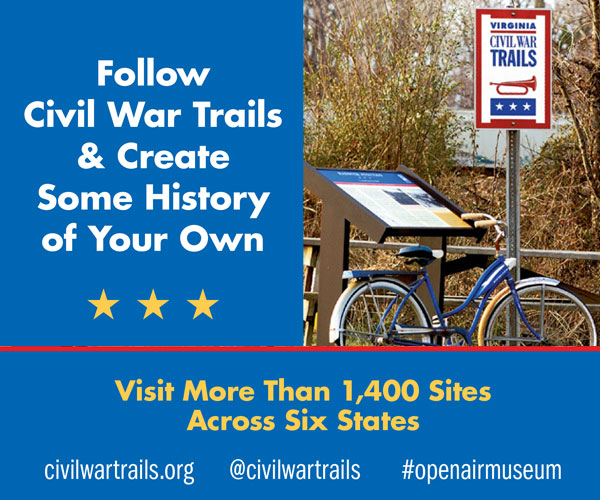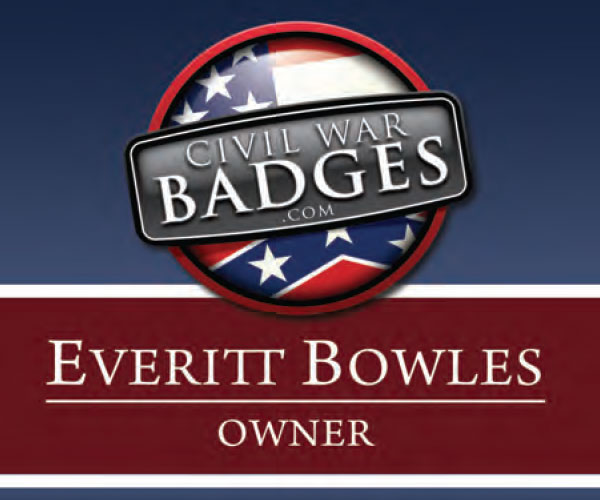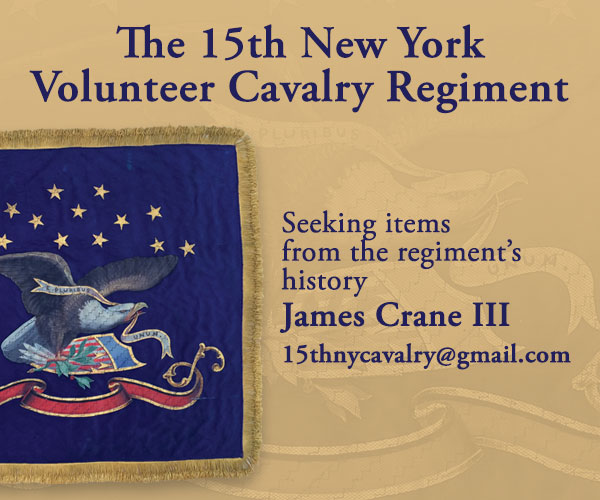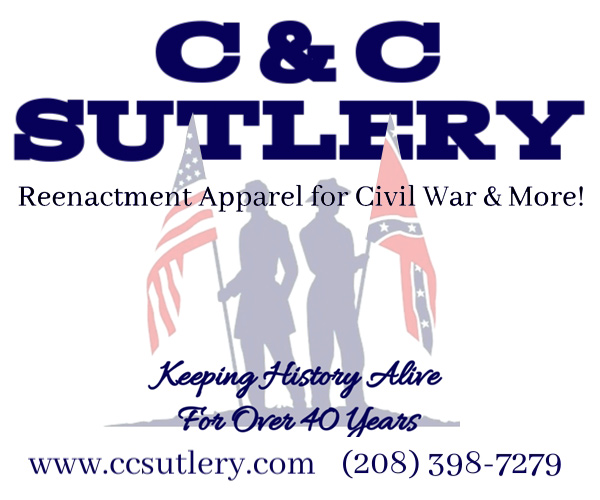The complete issue
Vol. X, No. 1
(32 pages)
Print edition: Visit our store to check availability
Digital edition: Visit JSTOR.org to purchase
Subscribe to MI
Explore the MI Archives: Browse | Advanced search | Tutorial
Inside
Cover image
A sixth-plate ambrotype of John A. Tuttle of the “Hibriten Guards” of Company F, 26th Regiment North Carolina Troops, who was killed at Bristoe Station in October 1863.
Editor’s Desk (p. 1)
The editor introduces the tenth year of publication of Military Images, provides a hint of the content of upcoming issues, and discusses his effort to protect the “MonsterMaul” proposed at Manassas by returning his wife’s credit cards with a letter of explanation to the main retailers involved.
Mail Call (p. 3)
Letters of congratulations abound in this edition, with some readers providing bits of additional information about some past images, and with one reader providing a detailed explanation of why the publication resonates with her, such as the personal touches provided by vignettes, letters, and images that show the grit and resolve of the soldiers’ images.
Passing in Review (p. 4)
Six different publications are given rather short reviews; one is given longer treatment, beginning with Gettysburg Battlefield Commanders; A Photographic Guide by Blake Magner and Michael Cavanaugh. Although many people interested in the Civil War are aware of what the major commanders looked like, this book provides images of lesser-known and lower-ranking officers in a format this “illustrated organizational chart.” Catalogue of Civil War Photographers: a Listing of Civil War Photographer’s Imprints was compiled by George F. Witham; this first edition included over 1700 listings of photographers and the backmarks they used in their work organized by name and location. Following editions are anticipated as Witham had collected many more after publication. Next is the lengthier review of Joe Brown’s Army: the Georgia State Line, 1862-1865 by William Harris Bragg. He investigates the contradiction between centralized Confederate government as pursued by Jefferson Davis and the grip on individual states’ rights held by Georgia’s governor Joseph Brown. Bragg’s book tells the story of the military units organized to protect the railroad lines in northern Georgia, known as the Georgia State Line, which provides great detail about the men involved in the units involved. Next is Battle Cry of Freedom, the Civil War Era by James McPherson, which is part of a larger series of ten volumes. McPherson takes all the available assessments of the Civil War and provides insightful and original analysis that needs to be part of every Civil War enthusiast’s collection. Author Walter A. Clark originally wrote Under the Stars and Bars: Service with the Oglethorpe Infantry of Augusta, Georgia in 1900; this reprint is significant as this unit fought with the Army of the Tennessee, not the Army of Northern Virginia. The Civil War Campaign Medal was edited by John M. Carroll, describes the Congressional medal that was authorized in 1907, many years after the end of the war, which might explain why only 554 medals were issued after soldiers would apply. Finally, Custer and His Times: Book Three was edited by G.J.W. Urwin and Roberta Fagan who compiled fifteen articles by academics about Custer and his era, including an extensive bibliography of sources written between 1983 and 1985.
“Tha Kill So meny of us”: the 26th North Carolina Regiment at Gettysburg unit history by Greg Mast (pp. 5-11)
Beginning with a brief background of the 26th North Carolina covering its formation and eventual integration into the brigade of Henry Heth, the article traces the action that involved the regiment during the Battle of Gettysburg. The author uses excerpts from several soldier memoirs as well as nine images of members of the 26th (with short biographies), and one map illustrating the assault by Pettigrew and Brockenbrough on July 1. At the end of the day, the 26th North Carolina Regiment could only muster 216 men. The next day, the band of the regiment played to cheer the remaining soldiers, but on July 3, the 26th was led by Brigadier General J. Johnston Pettigrew as part of Pickett’s Charge. Three officers and 67 “muskets” returned.
The Blue Springs Images photo analysis by Scott Cross (pp. 12-15)
The author ties five different outdoor images showing scenes such as “Division of IV Corps, Blue Springs, Tenn.,” which shows the division of Grose’s Brigade set in order of battle, to a photographer named Sweeney from Cleveland, Tennessee, who was in that area in April, 1864. Images include Companies B and C of the 184th Illinois Infantry and the 9th and 36th Indiana.
The Marine Finds a Mate or, “Ain’t Love Grand” humor by John Stacey (pp. 16-17)
A series of postcards copyrighted in 1909 by Theodor Eismann of New York show the progression of a romance between a Marine and a young lady. Beginning with “The First-Meeting” and ending with “After the Ceremony,” the five cards shown are possibly only part of the tinted series printed in Germany. The cards were addressed to a Miss Ada Y. Miller by J.P.M., but were never mailed.
The Well-Accoutered Soldier: Army Uniforms of the Civil War, Part IX by Michael J. McAfee (pp. 18-24)
Twenty-one different images illustrate the accoutrements required by various types of soldiers in different roles as described in the introduction. Waist belts and shoulder belts that held the cartridge and cap boxes needed to fire weapons, bayonets, side arms, haversacks, knapsacks, and canteens were all among the equipment that frequently was not adequately imaged in total by photographers of the era, unless they happened to be near a camp. Officers had waist belts for their side arms and sabers. The images include the accoutrements required by musicians, including cavalry buglers, and other “quasi-military” groups. Each image includes a caption that highlights unique details and provides identification of the soldier or at least his unit.
History, Photography & the Civil War: a critical bibliography of books for buffs by Book Review Editor Philip Katcher (pp. 25-27)
From the advent of the daguerreotype in 1839, people have invested in having their images reproduced, usually for personal reasons. It was not until much later that the photograph in its many forms became to be considered an important form of primary documentation. When considering the Civil War image, having a reliable source to reference when trying to date or place an image is important for collectors, historians, and others. This article outlines and critiques the several essential volumes that those interested in Civil War photography should consider. Some are more specific (such as Cities Under the Gun: Images of Nashville and Chattanooga by James A. Hoobler) while others attempt to cover the entirety of the era (The Photographic History of the Civil War edited in volumes by Francis T. Miller). This comprehensive bibliography should assist readers in finding the best source of information to meet their needs.
Stragglers (pp. 29-30)
The first page of contributed images focuses on horses: one “riding” his cavalryman, while the other shows a National Guard officer mounted on his steed in about 1881 with his servant rides a donkey. Other images include a “Wide-Awake” boy, who campaigned for Abraham Lincoln in 1860 with a distinctive uniform consisting of rain cape, pole with whale oil lamp and flag, and a small kepi-type cap. Crowds appearing upon the news of Lee’s surrender at Appomattox are shown in a carte de visite by J.B. Hazelton of Montrose, Pennsylvania. One contributor asks for help in identifying garrison troops in his quarter-plate tintype that appears to be of the Civil War era, however the hats worn appear to be from the 1870s.
Back Image
Three different images are presented: two Philadelphians in an albumen print, two first lieutenants from about 1855 in a quarter-plate daguerreotype, and five men in a quarter-plate ruby ambrotype, some in uniform, some not, but all with cigars.
